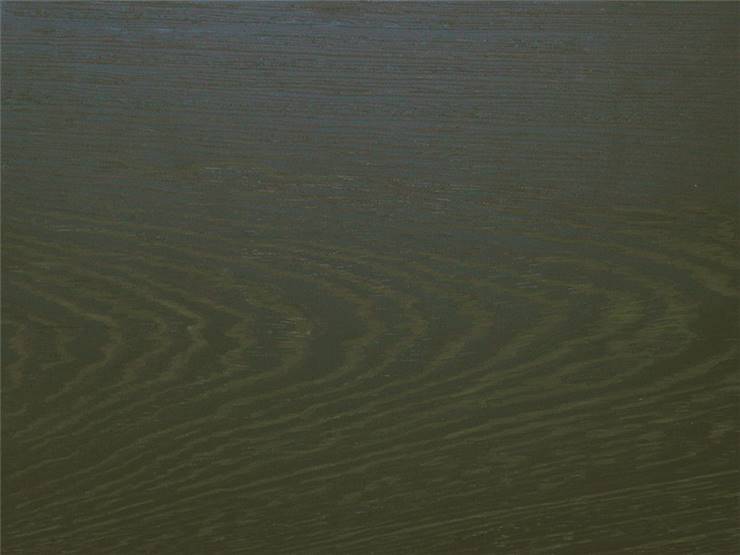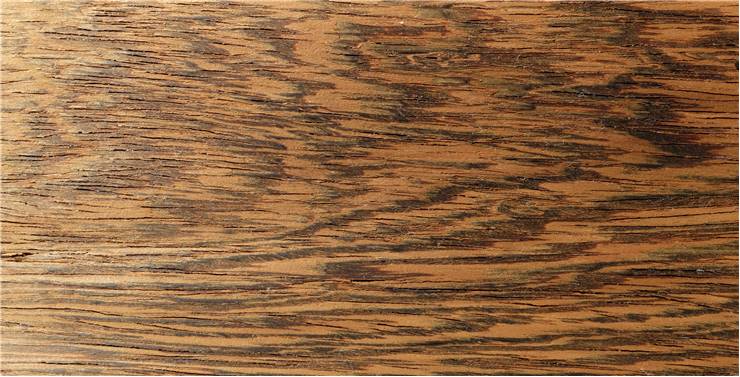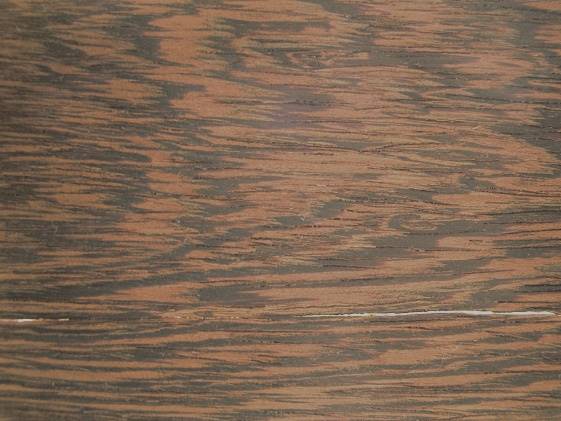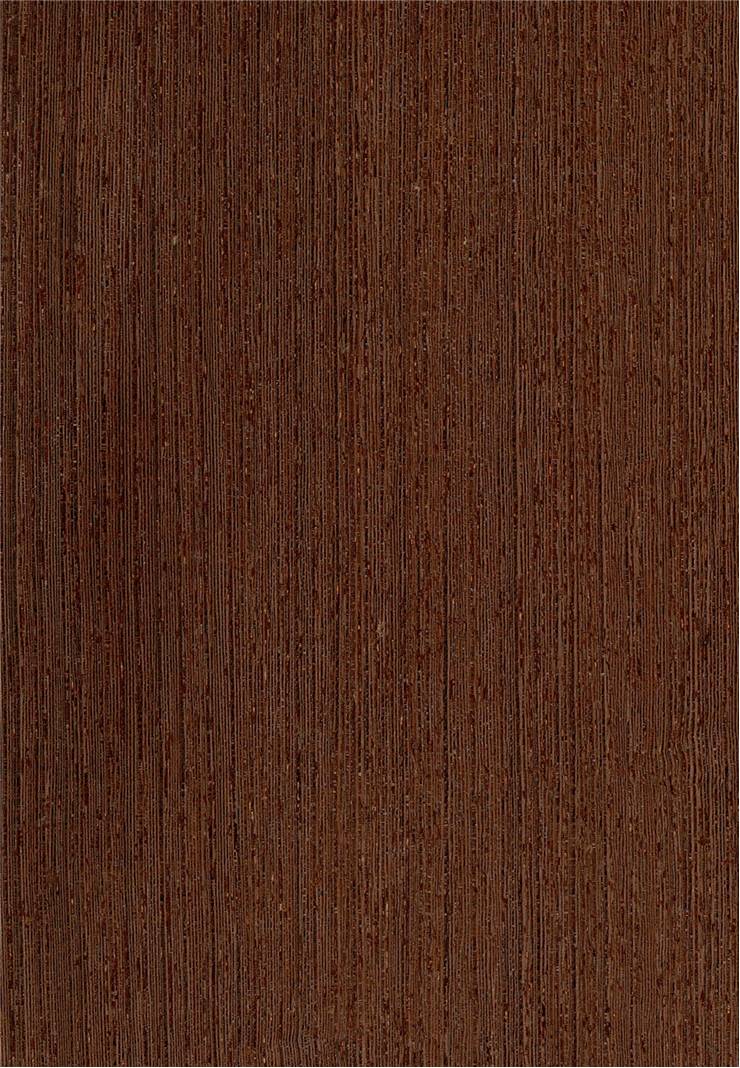Wenge Wood - Definition, Characteristics and Benefits of Wenge
Wenge wood (scientifically called Millettia Laurentii,Millettia spp., or Millettia stuhlmannii ( panga-panga)) is an endangered wood type originating from Central Africa. With the ability to grow to the size of 18-27 meters with around 1 meter of trunk diameter, the Wedge wood has attracted significant acclaim around the world for its strength, durability, and resistance to termite attacks. While it is today most commonly used for the creation of veneer, paneling, furniture, turned objects, and high-end musical instruments, its presence on the market is dwindling because of the lack of new trees.
Millettia laurentii is today placed on IUCN Red List and is regarded as an endangered. Over the last three generations of trees, over 50% of its total population has been harvested.
What is Wenge Wood
Wedge wood is an exotic lumber species that is harvested from the Central and West African tree called Millettia Laurentiiand several other closely related tree types. It is known as African rosewood, faux ebony, dikela, mibotu, bokonge, and awong.
Thanks to its natural oils and structure, wedge wood achieves such durability without any need for this lumber to be treated with physical or chemical processes. Since it is extremely durable, dense, and tough, and therefore very useful in the creation of floor paneling, furniture, high-end walking canes (handholds or entire canes), and musical instruments that are built to last (including instruments created by Mosrite, Ibanez, Court, Warwick, Conklin Guitars, Yamaha and more). Other popular uses of wenge wood are in segmented woodturning, where wenge wood can be shaped into any form that the creator desires. Additionally, because of its strength and durability, some bow manufacturers use wenge to create various models of flatbows.
Sadly, the popularity of this type of lumber has led to the increase in exploitation, harvesting, and shrinking of the natural range of Millettia Laurentii population across Africa. During the last few decades of the 20th century, the population of this tree was reduced significantly, which prompted the International Union for Conservation of Nature and Natural Resources to mark this tree as an endangered species. If you are considering purchasing large quantities of Wenge lumber for your hardwood floor, consider the environmental impact of such a decision.
In addition to its strength and durability, one of the defining characteristics of wenge wood is its color and appearance. Wenge wood showcases deep and rich chocolate brown colors that are interwoven with black lines. The dark and distinctive “wenge” wood color is today used as a standardized color in many coloring systems around the world. As for its texture, tan lines can be present alongside the black texture lines depending on how the lumber was cut. With a simple oil finish, wenge wood can look almost perfectly black, making it a viable alternative to ebony. The grain of this wood is straight, predictable, and pleasing to the eye. Lumber from wenge wood exhibits a very uniform color, and over a few months after cutting, its entire surface slowly shifts to darker deep chocolate/black brown hues.
While most Millettia laurentii trees can reach 25-30 meters in height, few exceptional trees can grow up to 50 meters. In such trees, up to 20 meters of the trunk can be uninterrupted without any side branches. Such examples of trees are highly valued. During spring and summer, the entire tree transforms with the growth of flowers that are colored in striking purple-blue color. Tree bark, leaves, and other parts of the tree are also valued locally as medical remedies or even production of arrow and fish poison. Since this wood is so dense, it cannot float on water.
While this tree is sometimes used for ornamental purposes, much of its use has been delegated to the woodworking industry, which has sadly placed it on the IUCN Red List of Threatened Species in 2011.
Origin
Millettia Laurentiis is a tree of the legume family (known scientifically as Fabaceae or Papilionoideae), distinguished by flowering, colorful leaves, and fruit. It is natively found in Central and West Africa, including the Democratic Republic of Congo, Equatorial Guinea, Cameroon, and Gabon.
While it is most often called Wenge wood in the developed world, it is also called African rosewood (ambiguous), likely, mibotu, Palisandre Du Congo, bokonge, and awong and faux ebony (because of its ability to very quickly be transformed in black color).
Characteristics
- Tree Size - 60-90 ft (18-27 m) tall
- Trunk Diameter - 3-4 ft (1-1.2 m)
- Janka Hardness - 1,930 lbf (8,600 N)
- Average Dried Weight - 54 lbs/ft3 (870 kg/m3)
- Specific Gravity (Basic, 12% MC) - .72, .87
- Crushing Strength - 11,710 lbf/in2 (80.7 MPa)
- Modulus of Rupture - 21,990 lbf/in2 (151.7 MPa)
- Elastic Modulus - 2,550,000 lbf/in2 (17.59 GPa)
- Shrinkage - Radial: 4.8%, Tangential: 8.1%, Volumetric: 12.9%, T/R Ratio: 1.7
- Odor - Faint and slightly bitter scent, only present during cutting and woodworking
- Workability - Difficult. It can blunt tool edges, is sanded unevenly, can be easily splintered, and can be difficult to look perfectly smoothed out.
- Texture - Coarse texture, straight and even grain, with a low and natural luster.
- Sustainability - Marked as a part of the IUCN Red List as an endangered species.
- Required growth density - No specific requirements for growth density
- Drying - Slow
- Durability - Very durable. Naturally resistant to rot and termite attack.
- Maintenance - Low
- Cost - Expensive, with rising prices due to increased unavailability
Uses
This exotic wood type from central and west Africa is used less and less today. However, because of its excellent durability, structure, and visual aesthetics that make it one of the premier dark species (which can be used both as a standalone material or paired with lighter wood types), wenge continues to be in high demand even though its price is surging due to rising availability of fresh timber.
Since it is highly resistant to scratching and abrasion and can take a very high polish and smoothness, wood is preferred for flooring blocks or strips, construction, and exterior use.
Here are some of the most common use case scenarios for wenge wood:
- Various interior and exterior projects
- High-end decorative furniture
- Flooring
- Decking
- Paneling
- Heavy construction (mine props, railway sleepers, and more)
- Tool Handles
- Veneer
- Indoor and outdoor furniture
- Musical instruments (especially guitars)
- Canes
- Turned objects
- Various novelty objects made from wood
- Wood sculptures and face masks
- Wooden objects that aim to replace the ebony
- And more
Benefits
Wenge wood is known not only for its visual appeal, color, and rich partridge wood pattern but also for its medicinal purposes in traditional medicine of Central Africa. The bark of millettia laurentii is used to create remedies that treat diabetes, skin issues, fever, rheumatism, hernia, liver complaints, constipation and more. It is also reported that it can create remedies for reducing sores, smallpox, epilepsy, abscesses, and more.
Modern scientific studies have confirmed the presence of several isoflavones and alkaloids in its bark and seed. Some of its components also have insecticidal properties.
Its stem cuttings are also widely used to create cultivated live fences, and formerly cultivated land can be restored using millettia laurentii as one of the first pioneer plants. Bees also frequent this tree, which benefits the production of honey.
Problems
A high list of positives cannot hide some disadvantages of wenge wood. Since it is so strong, it can very easily blunt woodworking tools and can be very hard for manual hand cutting and polishing. Non-carbide tools used for cutting wenge wood need constant sharpening, and sanding attempts that are not sanitized quickly can become ingrained due to the effect of internal oils that quickly harden the wood surface. Staining can also be an issue.
One of the biggest problems during wenge wood cutting is the poisonous effect of its dust. Wenge dust is well documented in its ability to cause dermatological and respiratory allergic reactions, including strong flare-ups. Breathing of wenge sawdust can cause various medical issues such as irritation of the eyes, abdominal cramps, and more. Cuts made from wenge splinters do not heal quickly and have a higher chance of causing infections than splinters from almost any commonly used wood type in woodworking.



